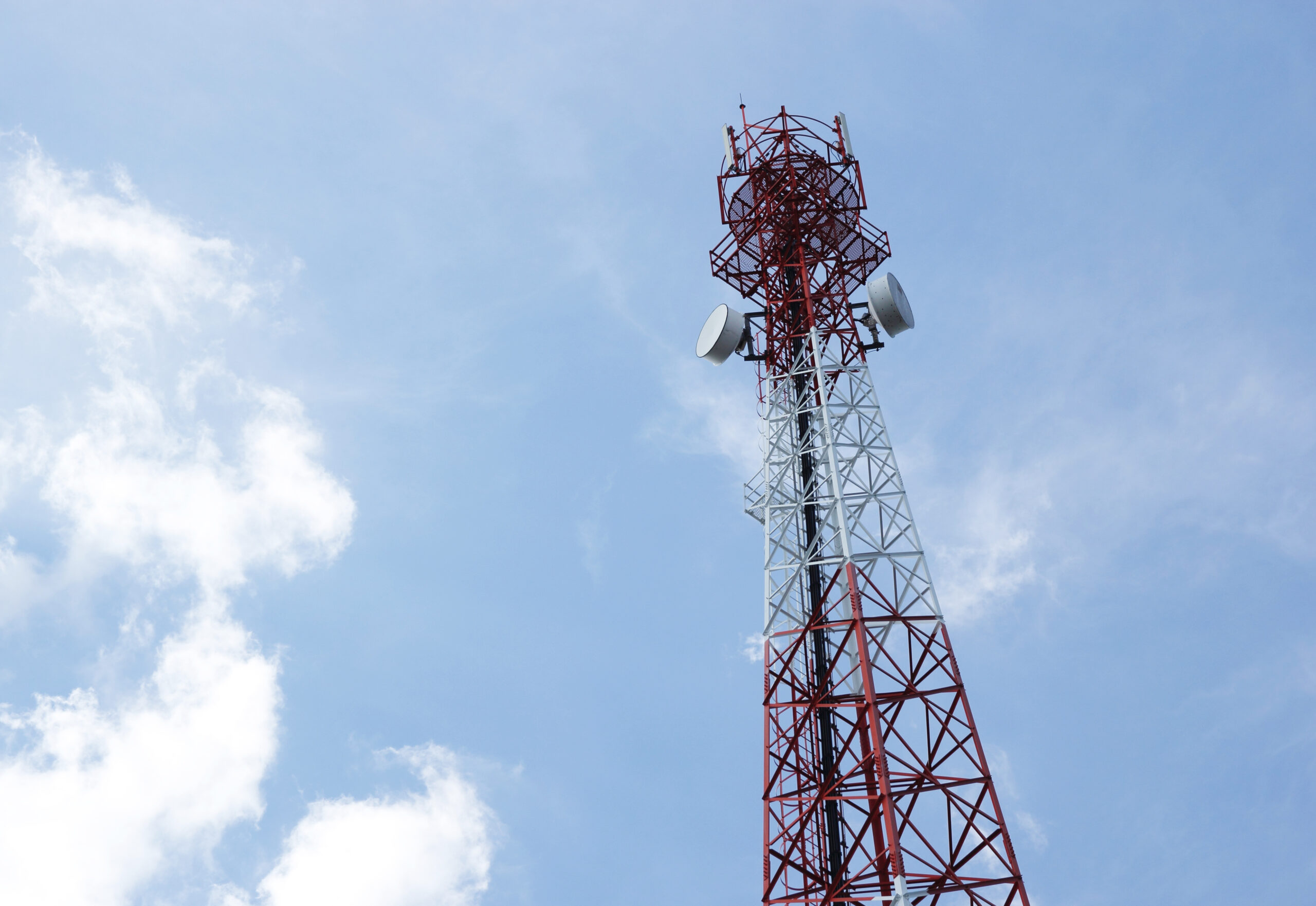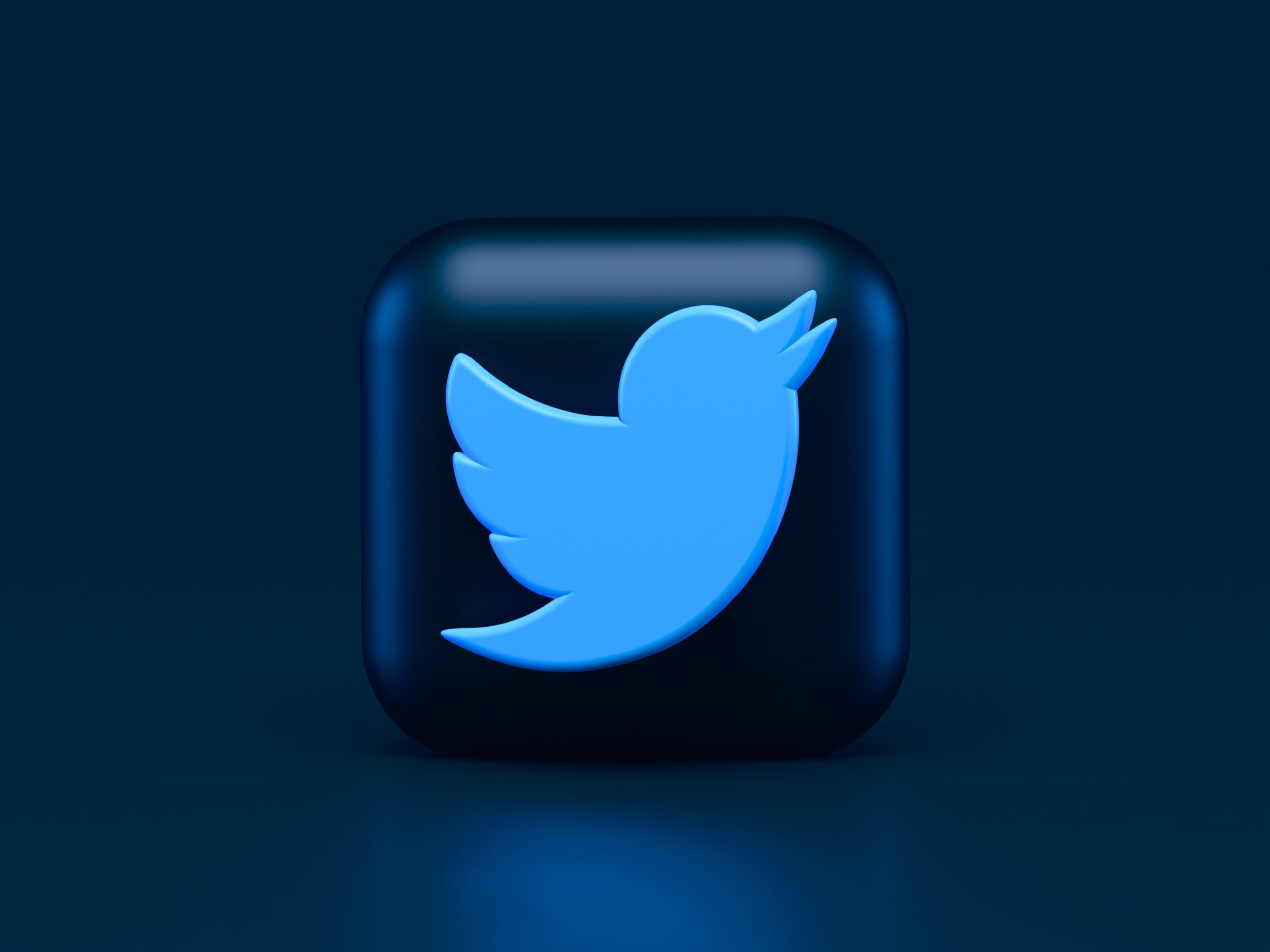Licences for OTT Services Will Hamper India’s Digital Revolution
Jaspreet Bindra
India is a paradox, a developing country with rich ambitions. It is an incredibly diverse country-subcontinent, with 19,500 languages spoken by its 1.4 billion people, about a fifth of the world’s population. It has among the most billionaires in the world, but only 4% of its population pays tax. About 45 million subsist in poverty. It is a tech powerhouse, but most people have never seen a computer in their life. What India does consistently well, however, is that it leapfrogs technologies. Three decades ago, only 5% of its population had a phone; it overtook fixed-line telephony with 1.3 billion mobile phones today. Rather than on PCs, India accesses the world on its 600 million smartphones and internet-enabled feature phones. India has led the world in using this infrastructure to provide ‘digitization at population scale’, with universal identity (Aadhaar), universal payments (UPI), and soon universal banking, healthcare access and e-commerce on top of what is called the ‘India Stack’. This has revolutionized society by integrating mobile, identity, and bank accounts to provide frictionless, ultra-low cost services to a billion plus people. Over-the-top (OTT) services on this internet infrastructure have provided universal access to payments, communication, government subsidies, banking, entertainment and everything else that the internet can offer. It has spurred unprecedented innovation, especially by small and medium businesses and startups, to make India one of the tech startup capitals of the world.
Successive governments have built on this infrastructure, recognized the power of universal digitization and created a supportive regulatory regime. It was, therefore, surprising to see that the draft Indian Telecom Bill, 2022, recently put out for comments, threatens to undo much of the good work done in terms of public digital infrastructure. Admittedly, a fresh look at telecom regulation is overdue in India, with today’s law covering the sector having been framed in 1885. The draft bill provides for tectonic changes that have taken place in the telecom landscape, but it has one shocking element—an attempt to treat OTT services as licensable telecom services. The latter are provided by licensed telecom companies offering phone and data services that are given spectrum, numbering authority, and right-of-way, etc, to build India’s core telecom infrastructure. OTT players, on the other hand, operate in an application layer further up the telecom stack, and leverage that infrastructure to deliver an array of services to users. We are familiar with most of them—WhatsApp and Telegram for quick and cheap communication, and Netflix and Hotstar for entertainment. Beyond these, there are logistic firms, insurance and banking companies and many others that build apps on top of India’s telecom infrastructure.
Including OTT players in the licensing ambit implies they will pay a licence fee too. This has three major implications:
One, access costs for consumers would go up significantly, since the licence costs could be passed on to them. With a per capita income of less than $2,000, large swathes of the population will be denied access to cheap communication and entertainment. Importantly, it could impair access to education and healthcare, with so much of both moving online over the pandemic years. India has one of the lowest data tariffs in the world, which helped millions gain access to these necessities of life; the new regime could threaten this.
Second, it hobbles innovation. The India Stack and OTT apps have helped build a burgeoning startup ecosystem, with India having spawned more than a hundred unicorns. These startups provide insurance, banking, healthcare, education and other services to anyone with a phone and data connection, and have democratized access. Both small and large businesses have innovated around this infrastructure—Bajaj Finance, for example, offers loans for goods in just 4 minutes. Millions of mom-and-pop entrepreneurs have sprung up on apps like Meesho, buying and selling home produced goods over OTT chat platforms.
Third, it might undo the good done by the public digital goods created on the India Stack and the innovation and services it has provided our population. Note that free OTT apps on this digital public infrastructure allowed millions of Indians to access and download their COVID certificates. While India has often been divided by income, geography and education, it has now been united by digital services. It has provided a template for the rest of the world on how to enable access, innovation and public goods over the internet, and I hope that a new telecom law also sees it that way.


